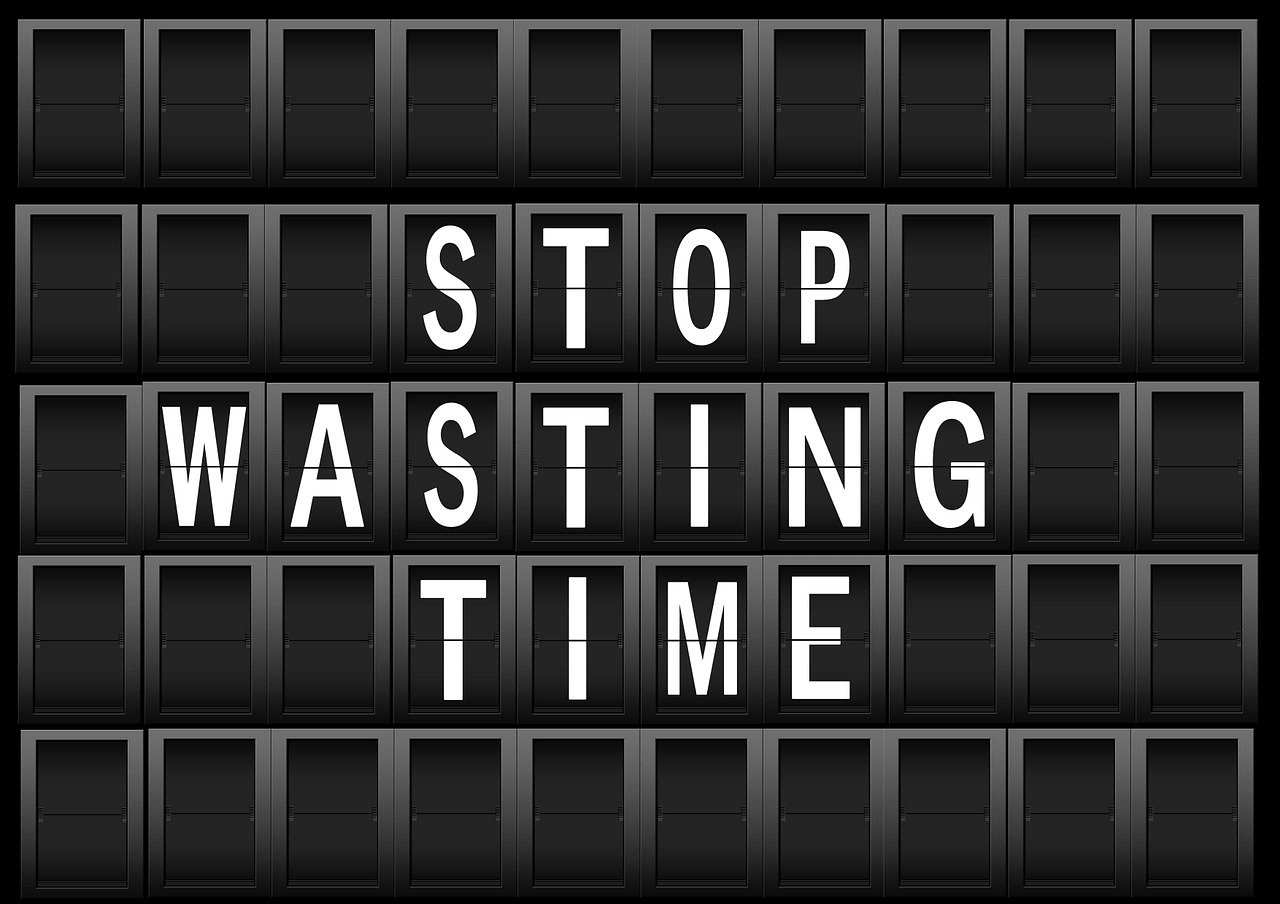-
Managing several projects at once
There’s a reason why managing several projects at once is a highly sought-after skill in project management: the sheer thought of dealing with so many important tasks can be an anxiety-inducing experience for many project managers, and even the most skilled professionals can find themselves struggling. CONTENT 5 strategies for managing and monitoring multiple projects … Continue reading "Managing several projects at once"
-
Knowledge management: sharing project knowledge with Twproject
Sharing project knowledge allows you to manage the project effectively, tracking all the steps, choices made, reasons, changes, and what didn’t work. CONTENT Twproject’s best features for sharing project knowledge 1. Resource management 2. Activity management 3. Planning and scheduling 4. Work time management 5. Documents management 6. Issue management 7. Cost management 8. Enterprise … Continue reading "Knowledge management: sharing project knowledge with Twproject"
-
PMBOK seventh edition
PMBOK’s seventh edition in English is due October 15, 2021, and it is a completely unexpected and unorthodox version of previous editions. CONTENT PMBOK®: a short story What are the key aspects that impacted PMBOK’s seventh edition? And what will be the impact of these changes on the PMP and CAPM exams? The origin of … Continue reading "PMBOK seventh edition"
-
Lead and Lag time management: Benefits of using a software
Throughout the decades we’ve had significant technological advances that allow us to approach methods and issues more efficiently, including lead and lag time management. CONTENT What are leads and lags in a project? What is lead time? What is lead time in project management? What is lag? What is a lag in project management? Lead … Continue reading "Lead and Lag time management: Benefits of using a software"
-
What is project crashing and how to get the most out of it
What is project crashing and how to get the best out of it? This is what we will cover in this article. CONTENT What is project crashing? Reasons to choose a project crashing Project crashing best practices Project crashing management steps Actually, there is never enough time to manage a project and that’s why schedules … Continue reading "What is project crashing and how to get the most out of it"
-
Project Management (Structure, Roles, Responsibilities, and Objectives)
Project management uses specific knowledge, skills, tools, and techniques to deliver something of value to people and/or organizations. CONTENT What is project management, and where does it come from? Structure of project management Roles and responsibilities in project management Developing software to improve business processes, constructing a building, relief efforts after a natural disaster, expanding … Continue reading "Project Management (Structure, Roles, Responsibilities, and Objectives)"
-
The project status report
The project status report is that particular document that the project manager is required to draft. These are regular reports that include information about the project aimed to update stakeholders on the progress of the work. CONTENT What is a project status report? How to create a project status report 1. Name the report 2. … Continue reading "The project status report"
-
Project manager communication
Effective project manager communication is an essential part of project management. CONTENT Why project manager communication is important Establish a communication structure Practicing active listening Using the right tools For non-urgent communication For project updates For official and important communications Their job is to align everyone on one goal and ensure that all the correct … Continue reading "Project manager communication"
-
Design Reviews – how and when to do them
Setting a standard of project reviews and when to do them can improve efficiency and help keep a project running on time and within budget. CONTENT Types of Design Reviews Description of the review process Introduction of design review Design review initiation stage Research phase of project review Final project review report stage The most … Continue reading "Design Reviews – how and when to do them"
-
Streamline project processes
Streamlining processes in projects prevents unnecessary complications. Obviously, excessive complexity is one of the biggest obstacles to completing a project on time and within budget. CONTENT Keeping an eye on the big picture Take ideas from or follow already approved processes Assign names, dates, and consequences Use project management software Stay organized Manage priorities and … Continue reading "Streamline project processes"
-
Project management: how to best coordinate a project
Project management implies a diverse mix of skills, know-how, time management and communication abilities. CONTENT Project management: Project scope management Project management: Priority management Project management: Communication management Project management: Managing stakeholder expectations Project management: Change management Project management: Improving efficiency through software To efficiently approach all these activities, it is very important for any … Continue reading "Project management: how to best coordinate a project"
-
Eliminating waste in projects
Eliminating waste in projects can help you achieve success more easily and increase productivity. CONTENT Types of waste in projects Introduction to lean management Lean project management benefits Eliminating waste in projects: Lean management key principles In project management, when projects become complex, cycle times become longer, resulting in several possible wastes. If left uncontrolled, … Continue reading "Eliminating waste in projects"
-
Successfully completing a project
Successfully completing a project is no piece of cake, even for the most experienced project managers. CONTENT Successfully complete a project: Clearly define the project scope Successfully complete a project: Choose team members wisely Successfully complete a project: Outline goals and keep them SMART Successfully complete a project: Manage data Successfully complete a project: Track … Continue reading "Successfully completing a project"
-
Working on several different projects at once: 7 strategies to keep everything under control
Working on several different projects at once is what most project managers do. CONTENT Working on several different projects at once: Have a place in which to “host” all projects Working on several different projects at once: Establish goals, plans, responsibilities, and expectations at the very beginning Working on several different projects at once: Prioritize … Continue reading "Working on several different projects at once: 7 strategies to keep everything under control"
-
Implementing lean processes in projects: The lean methodology
Implementing lean processes in projects is becoming progressively more popular in multiple industries. The goal of such implementation is to fix issues and lessen inefficiencies. CONTENT What is lean project management? Lean project management principles. The Lean Method Lean Project Management Lean project management implementation 1. Creating a corporate culture 2. Having a well-trained team … Continue reading "Implementing lean processes in projects: The lean methodology"
Project management
Choose the category you are interested in:
AgileComparisonCost managementPm expertProduct updatesProductivityProject managementResource managementTime managementUsage tips















